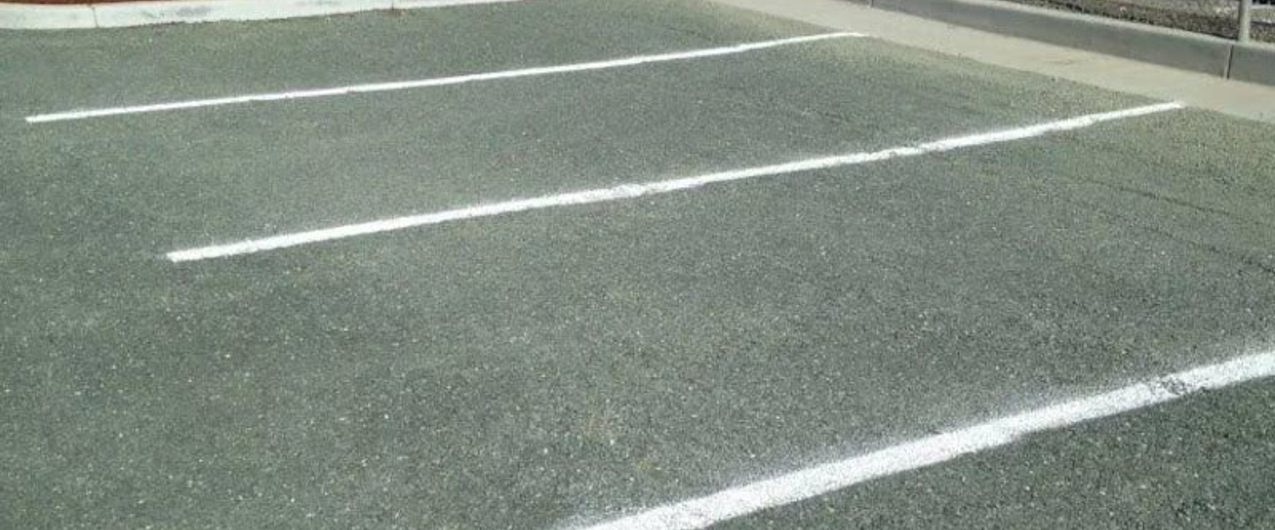In times of natural disasters such as heavy rainfall or hurricanes, traditional parking structures can become vulnerable to damage and may exacerbate flooding issues. This is one of the reasons why traditional paving blocks, once commonly used in parking, are now being reconsidered.
Porous pavers offer a more durable and disaster-resistant option in parking spaces, as they allow water to permeate the surface and reduce the risk of structural damage. Sustainable paving solutions like Grasspave2 and Gravelpave2 by Invisible Structures have an excellent compressive strength of 2,295,000 psf. This enhanced load-bearing capacity makes them suitable for areas subject to H-20 vehicle loading and low-speed traffic. In such applications, the porous pavers help enhance the performance and functionality of the urban environment.
Parking lots with porous paving effectively manage stormwater
Porous pavers in a traditional parking structure support urban stormwater management. The 92 percent void spaces in Grasspave2 and Gravelpave2 allow rainwater to infiltrate the ground naturally. This, in turn, helps reduce runoff, helping to recharge groundwater and alleviate the strain on urban drainage systems. The pavers also contribute to the sustainability of water resources, a crucial factor in regions facing water scarcity or high water-demand.
Grass- and gravel-filled pavers mitigate heat island effect
Parking structures, with their vast expanses of concrete and asphalt, trap heat which causes the urban areas to be warmer than surrounding rural areas. This is also called the urban heat island effect. During ground infiltration, stormwater cools the porous paving surface, promoting natural temperature regulation. Plus, the paving filled with grass and gravel absorbs less heat than asphalt and concrete, further helping mitigate heat island effect.

A greener urban environment supports biodiversity
Grass-filled porous pavers such as Grasspave2 allow for the cultivation of grass within the porous paver structure, transforming parking lots into visually appealing green spaces. This means that the areas not only provide functional parking but also contribute to urban aesthetics and biodiversity. Plus, the presence of green spaces in urban environments enhances overall well-being and quality of life.
Reduced maintenance and stormwater management makes for a cost-effective solution
While the initial costs of porous pavers is comparable to traditional paving methods, the long-term benefits outweigh the expenses. Reduced maintenance costs, lower stormwater management expenses and potential tax incentives for sustainable practices make porous pavers a financially savvy choice in the long run.
Looking ahead
Interested in ways to make your projects with Grasspave2 and Gravelpave2 even more efficient in stormwater management? Consider Rainstore3 by Invisible Structures, an underground stormwater storage system.
Rainstore3 complements porous pavers by providing a below-surface solution for retaining and managing stormwater runoff. For more information about our products, visit our product page.
